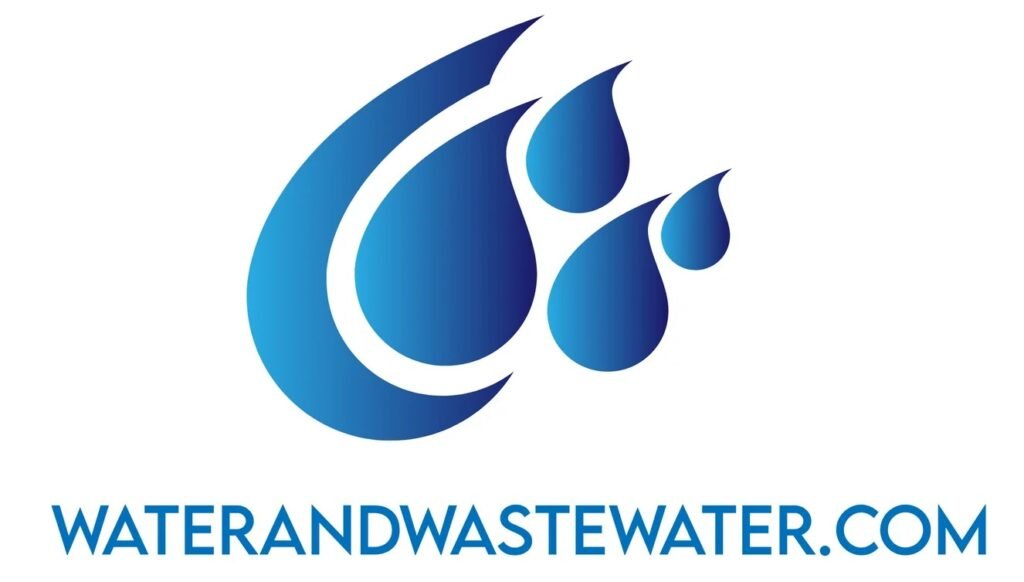Tag: supply
Title: Guardians of Clean Water: The Pima County Regional Wastewater Reclamation Department – Ina Road Water Pollution Control Facility Introduction Water is an essential resource for sustaining life, economic growth, and ecological health. In Tucson, Arizona, the Pima County Regional Wastewater Reclamation Department (RWRD) plays a crucial role in preserving this invaluable resource. […]
How Much Electricity Does a Wastewater Treatment Plant Use? Introduction Water is an indispensable resource, and efficient wastewater treatment is critical for maintaining public health and environmental integrity. Wastewater treatment plants (WWTPs) are essential facilities designed to manage and treat sewage and industrial wastewater before it is discharged back into the environment. However, […]
Quantum Dot-Based Photocatalysts for Water Purification: Revolutionizing Clean Water Technology Introduction Water purification has emerged as a paramount global concern due to the escalating scarcity of potable water and increasing contamination from industrial and agricultural practices. Conventional purification methods, while effective, often entail high costs, energy consumption, and inefficiency in dealing with a […]
How Might The New Treatment Plant Affect The Ecosystem Introduction The construction and operation of a new treatment plant—whether aimed at wastewater management, desalinization, or other forms of water purification—inevitably leads to a series of complex interactions with the surrounding ecosystem. As human populations grow and industrial activities expand, the need for advanced […]
Wilson Creek Regional Wastewater Treatment Plant: A Cornerstone of Environmental Stewardship Introduction The Wilson Creek Regional Wastewater Treatment Plant (WCRWTP) stands as a monumental contributor to maintaining environmental and public health standards in its service area. Located in McKinney, Texas, this facility is crucial for managing and treating wastewater from numerous communities, ensuring […]
Perovskite Solar Cells for Water Treatment: A Game-Changer for Clean Water Access Introduction Water scarcity and pollution are pervasive issues that threaten global health and economic stability. Traditional methods of water treatment, such as chlorination and membrane filtration, are energy-intensive and sometimes ineffective against modern pollutants like pharmaceuticals and industrial chemicals. The search […]
Activated Carbon Wastewater Treatment: An In-Depth Exploration Introduction Water is an indispensable resource, vital not only for life but also for various industrial, agricultural, and recreational activities. The quality of water, in particular, has enormous implications for public health, environmental sustainability, and economic development. Among the various techniques used to purify water, activated […]
Title: The Evolution of Wastewater Treatment Plants: A Journey through Time When we flush a toilet or let the water from our sinks swirl down the drain, rarely do we consider the intricate journey our wastewater embarks upon. The modern wastewater treatment plant, a testament to human ingenuity and environmental mindfulness, stands at the […]
Nanophotonic Water Quality Sensors: A Technological Revolution in Environmental Monitoring Introduction Environmental sustainability has become a vital concern for the global community, particularly in the context of water quality. With access to clean and safe water recognized as a fundamental human right, ongoing advancements in technology are driving significant improvements in water monitoring systems. Among […]
The Henderson Advanced Wastewater Treatment Plant: A Cornerstone of Sustainability Located in the growing city of Henderson, Nevada, the Henderson Advanced Wastewater Treatment Plant (HAWTP) stands as a beacon of modern environmental stewardship and technological innovation. This facility is not just a critical piece of infrastructure; it’s an exemplar of the city’s commitment to […]
